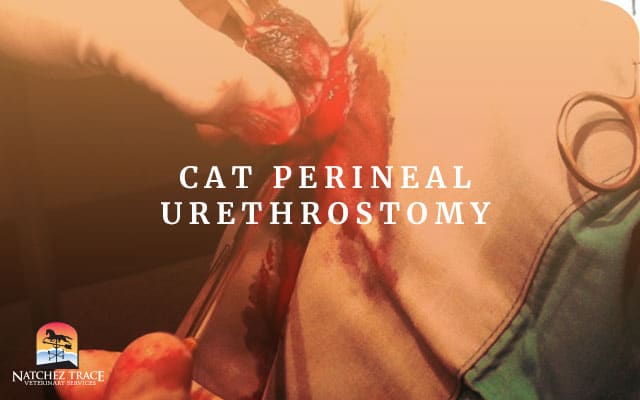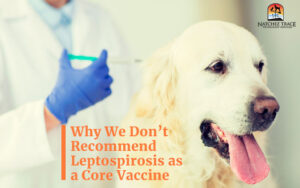I saw a very interesting case the other day that will appeal to all cat lovers. This kitty is 14 years old and presented with painful and inappropriate urination. Sounds like a simple, straightforward case of UTI/FUS and/or stones. Oh, how wrong I was! Upon further exam, this kitty had a large mass on the sheath of his penis. The mass was about the size of a nickel. I thought for sure this was a tumor, most likely a squamous cell carcinoma. We decided that cat perineal urethrostomy would be the best course of treatment.
Indications for Cat Perineal Urethrostomy
Recurring Stone Blockage
Cat perineal urethrostomy is indicated when the urethral opening is too narrow or persistently obstructed. This procedure is most often used in male cats with feline urologic syndrome prone to urethral obstruction from protein plugs, bladder “sand”, or bladder stones that enter the urethra and obstruct urine flow. While some cats with these problems respond to diet and medication, others experience recurrent episodes of urinary obstruction. In these cats, surgery is the best treatment.
Tumors of Penis/Sheath
Cat perineal urethrostomy is also indicated in cases of severe penile trauma, tumors or scarring that does not allow for normal passage of urine.
Complications of PU Surgery
Anytime you operate on vital structures, serious complications may occur. The most serious complications include stricture formation and scarring at the surgical site. Other complications include postoperative pain, infection, bleeding, and behavioral changes.
Post Operative Cat Care
Reduced activity and protection of the surgical site are mandatory for successful outcomes. Cats must wear an E-collar for the duration of the recovery period. This is an absolute MUST! Sutures are removed in 10-14 days and usually require sedation. In this case, the biopsy report came back as chronic infection and trauma-no cancer!








